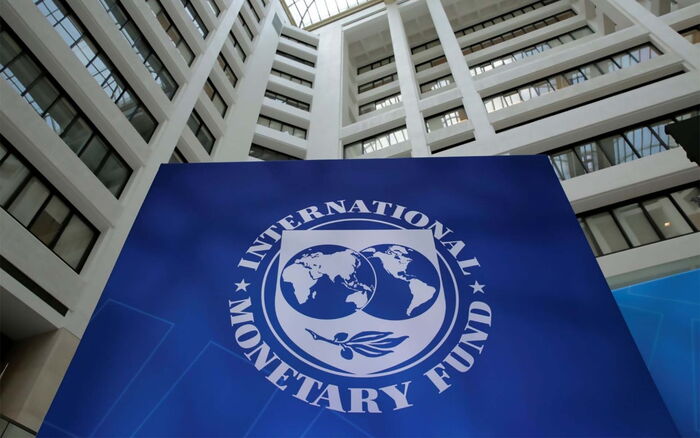Kenya will pursue a funded programme with the International Monetary Fund (IMF) despite earlier government plans to limit external borrowing, Central Bank of Kenya (CBK) Governor Kamau Thugge announced on Wednesday, August 13.
Speaking after the post-Monetary Policy Committee meeting, Thugge said the IMF programme would provide critical resources to meet external debt repayment obligations, even as the government aims to lean more on domestic borrowing. “Our preference will be to have a funded programme, and that is what we have expressed to the IMF board,” he stated ahead of an IMF delegation’s visit next month to discuss the new arrangement.
Kenya’s last IMF-supported programme — worth $3.6 billion (Ksh465 billion) under the Extended Fund Facility and Extended Credit Facility — was cut short in March, with the country missing out on a final $800 million (Ksh103 billion) disbursement. The termination stemmed from failure to meet fiscal deficit reduction and revenue collection targets, especially after the government scrapped proposed tax hikes in the contentious 2024 Finance Bill following nationwide protests.
Given these challenges, analysts had expected Kenya to opt for a non-funded IMF programme focused on policy reforms rather than fresh loans. However, rising repayment pressures have tilted the decision toward a funded facility, which would channel new IMF financing to ease the country’s balance of payments strain.
In the 2025/2026 Budget, Treasury Cabinet Secretary John Mbadi projected Ksh923.2 billion in total borrowing Ksh287.7 billion from external sources and Ksh635.5 billion domestically. This shift toward domestic borrowing is aimed at reducing foreign debt exposure, yet CBK’s latest announcement underscores the short-term necessity of external funds.
The move comes against the backdrop of a Moody’s warning that Kenya’s debt servicing costs will remain high due to weak revenue structures and unreliable expenditure controls. Kenya’s public debt currently stands at Ksh11 trillion Ksh5 trillion in domestic debt and Ksh5.09 trillion in external obligations. Domestic debt is largely in Treasury Bills and Bonds, while external debt is owed to multilateral, bilateral, and commercial lenders.
As negotiations with the IMF near, the funded programme could provide breathing room for Kenya’s finances but it will likely come with stringent reforms, testing the government’s ability to balance fiscal discipline with social and political pressures.

